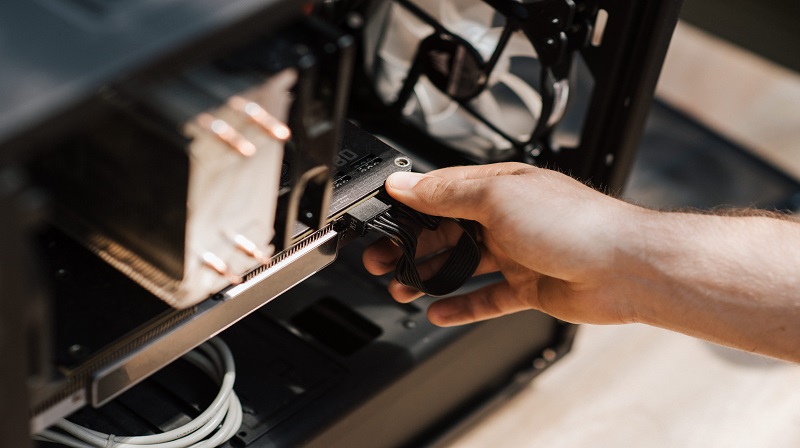
Words From PLC Automation Experts on Why Is It Important To Regularly Maintain Your Automation Parts
- by PLC
- May 24, 2023
In today's fast-paced industrial and technological landscape, automation has become an integral part of numerous industries. From manufacturing and logistics to healthcare and transportation, automation systems streamline operations, enhance productivity, and improve overall efficiency. However, like any other machinery or equipment, automation parts require regular maintenance to ensure optimal performance and longevity. In this blog, we will explore the significance of regularly maintaining your automation parts and the benefits it brings to your business.
Enhanced Reliability and Reduced Downtime:
Regular maintenance of automation parts helps in identifying and addressing potential issues before they escalate into major problems. By implementing a scheduled maintenance routine, you can prevent unexpected breakdowns and minimize costly downtime. Proactive maintenance practices, such as inspections, lubrication, and component replacements, keep your automation systems running smoothly, leading to increased reliability and uninterrupted productivity.
Improved Efficiency and Performance:
Automation systems rely on various interconnected parts and components to function seamlessly. Over time, these parts can experience wear and tear, affecting the overall performance of the system. Regular maintenance allows you to detect and rectify any deterioration or degradation of automation parts. By keeping your parts in optimal condition, you can ensure that your automation systems operate at peak efficiency, resulting in improved productivity and reduced energy consumption.
Extended Lifespan of Automation Equipment:
Automation parts are investments that require protection and care to maximize their lifespan. Regular maintenance helps in extending the life expectancy of automation parts by mitigating potential issues and minimizing the risk of premature failure. By adhering to a maintenance schedule, you can identify parts that require replacement or refurbishment, thereby avoiding costly complete system replacements. Ultimately, this approach helps you get the most out of your automation equipment investment.
Compliance with Safety and Regulatory Standards:
Automation systems are often subject to safety and regulatory standards, particularly in industries such as manufacturing and healthcare. Regular maintenance ensures that your automation parts remain compliant with these standards. By regularly inspecting and servicing the parts, you can identify and address any safety risks, such as malfunctioning sensors or faulty wiring. This proactive approach helps create a safer work environment, reduces the likelihood of accidents, and ensures compliance with applicable regulations.
Cost Savings in the Long Run:
While it may seem counterintuitive to spend time and resources on maintenance, regular upkeep of automation parts can yield substantial cost savings in the long run. By detecting and resolving issues early on, you can prevent major breakdowns that may require expensive repairs or replacements. Additionally, well-maintained automation parts operate more efficiently, leading to reduced energy consumption and lower utility costs over time.
Regular maintenance of automation parts is crucial for ensuring the smooth operation, efficiency, and longevity of your automation systems. By investing in proactive maintenance practices, you can enhance reliability, improve performance, extend the lifespan of your equipment, ensure compliance with safety standards, and save costs in the long run only and only with PLC Automation PTE Ltd. Prioritizing regular maintenance is a prudent approach that allows you to harness the full potential of automation technology and maintain a competitive edge in today's dynamic business landscape.













